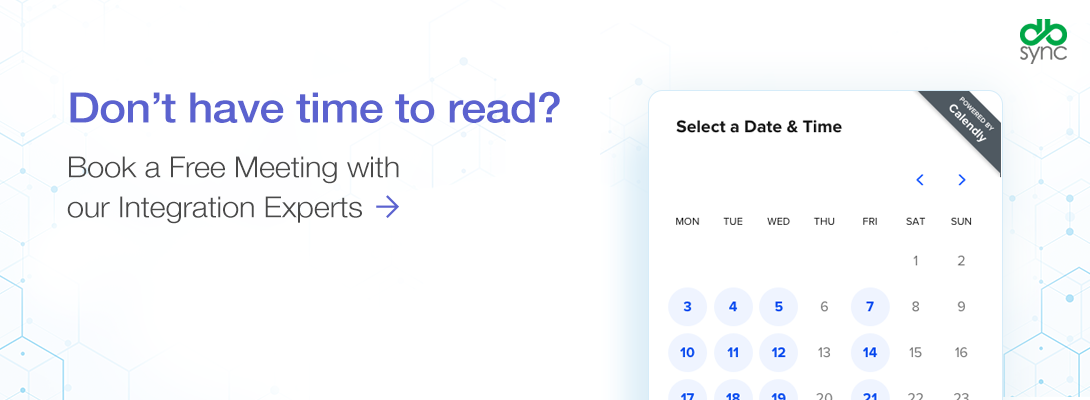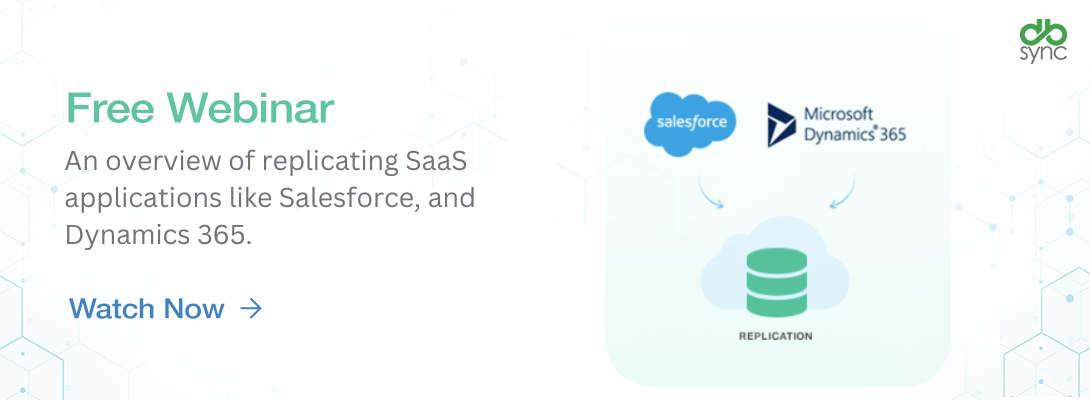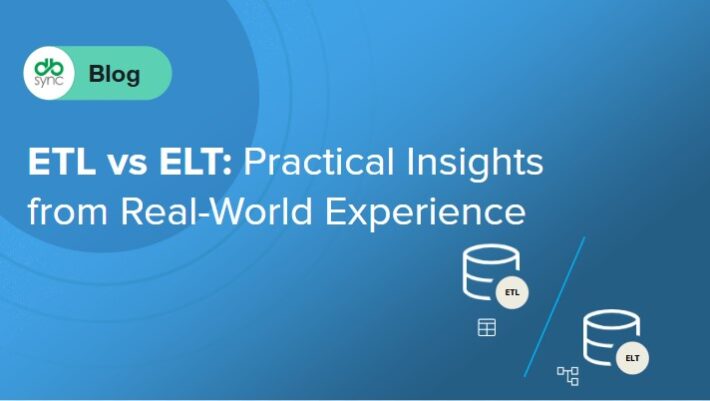Advantages of Cloud Data lake
Introduction
“Big data” is as much an idea as a particular method or technology, yet it is an idea that is enabling powerful insights, faster and better decisions, and even business transformation in many industries. In general, big data can be described as an approach to extracting insights from very large amounts of structured and unstructured data from various sources at a speed that is immediate (sufficient) for the particular analytics use case.
Enabling big data is new economics that makes the value of these insights outweigh the cost of getting up and running systems to capture data and extract insights at a scale that traditional approaches cannot handle, “a data lake is a typical architecture.”
It is an approach designed to create a centralized repository of all potentially relevant data available from enterprise and public sources, which can then be organized, searched, analyzed, understood, and leveraged by the business.
Data Lake aims to not only handle the large scale, high speed, and diversity of data but also to provide an array of agility and versatility for analytics that empowers all aspiring knowledge workers in the enterprise. Cloud services offer similar flexibility and better economies of scale, which can also help enable data lakes.

Why Data Lake is Important
Data Lakes are a powerful architectural approach for deriving insights from untapped data, bringing new agility to the business. The ability to access more data from more sources in less time will directly lead an organization to make better business decisions. New capabilities to collect, store, process, analyze, and visualize high amounts of a wide variety of data drive value in many ways.
There is a comparison to be made to the traditional enterprise data warehouse. Legacy data warehouses have served well (and still do), but most lack a data lake’s scalability, flexibility, and cost profile. A traditional data warehouse works well for tightly defined analysis and use cases and supports high performance and concurrency for tightly structured data sets.
Yet as an organization moves to protect all enterprise data, traditional data warehouses may be supplemented by data lakes. Data lakes can more cost-efficiently perform auxiliary functions such as extract, transform, and load (ETL), and can flexibly support a wider range of analytics approaches.
Data lakes are used to capture new insights for almost any line of business operation, including:
- Customer Contact – Sales, marketing, billing, and support are all core elements of almost any business. It is not wrong to say that the better you understand your customers, the happier they will be. Every interaction with a client is an opportunity to learn about his or her motivations and preferred style of engagement. The data lake will help here in several ways. Crucially, the data lake can break up the silos between the types of customer interactions. Combining customer data from a customer relationship management (CRM) platform with a marketing platform that includes purchasing history and event tickets helps show the possible outcomes. In addition, it empowers business analysts to diagnose the causes of those results.
- Research and Development – Creating better products and services and bringing them to market faster is critical to successful market competition. Sometimes this is accomplished through incremental improvements, sometimes through radical innovation, but either way, it requires an in-depth understanding of how the offering is meant to perform and the functions that need to be performed. How to distribute. Machine learning on data lakes can be leveraged to analyze data during product development and lifetime use in the field.
- Operational processes and events -Business success is often a matter of smoothing out or eliminating problems and risks and increasing efficiency everywhere. While many businesses are only reactive to issues as they arise, more innovative organizations measure and monitor as many activities as possible and constantly look for ways to improve. Each piece of equipment and stage can generate data that can be used to find idle resources, wastage, faults, and breakdowns. A data lake can collect this machine-generated IoT data, and analytics will lead to opportunities for scaling up the entire process, reducing operating costs, and increasing quality.
- Better Data Management – Storing the data in one center and different formats makes it easier to manage the data as it can be used by different tools to quickly analyze the data and access them when needed in the original state. Also, it makes it easy for all the departments to access the data as per their requirement, as all the required information can be found in one place.
All these scenarios have in common that a data lake can provide more value than traditional approaches. The full scale of storage of all data enables a comprehensive view. The flexibility of sources and diversity of data makes analysis rich.
Working with unstructured data improves agility, allowing for quick analysis in many different ways. The analysis enables quick validation of ideas for creativity and research. At a minimum, the analytics can be robustly driven to production directly within the data lake, with no need for export to another system. These properties together make the modern data lake ideal for delivering new business value.
Why the Cloud Makes Data Lakes Better
Organizations actively consider the cloud for functions like databases, data warehouses, and analytics applications. It makes sense to build your data lake in the cloud. Some of the key benefits include:
- Pervasive security – A cloud service provider incorporates all the aggregated knowledge and best practices of thousands of organizations, learning from each customer’s requirements.
- Performance and scalability – Cloud providers offer practically infinite resources for scale-out performance and a wide selection of memory, processors, and storage configurations.
- Reliability and availability – Cloud providers have developed many layers of redundancy throughout the entire technology stack and perfected processes to avoid service interruption, even spanning geographic zones.
- Economics – Cloud providers enjoy massive economies of scale and can offer resources and management of the same data for far less than most businesses could do independently.
- Integration – Cloud providers have worked hard to offer and link together a wide range of services around analytics and applications making these often “one-click” compatible.
- Agility – Cloud users are unhampered by the burdens of procurement and management of resources that face a typical enterprise and can adapt quickly to changing demands and enhancements.
DBSync Salesforce Replication, Click Here to Download Now

Selecting the Best Cloud-based Data Lake Ecosystem
As already discussed, sophisticated big data applications require several fundamental building blocks. Architects should look for ways to use the best resources anywhere and with an open mind before choosing a particular distribution, vendor, or service provider. As part of designing a data lake, it is essential to identify services to make the desired architecture approach feasible and practical for the enterprise, business users, and data scientists.
- Storage – If nothing else, data lake storage needs to hold extreme amounts of structured and unstructured data; storing data in its raw format allows analysts and data scientists to query the data innovatively, ask new questions, and generate novel use cases for enterprise data. The on-demand scalability and cost-effectiveness of Amazon S3 data storage mean that organizations can retain their data in the cloud for long periods and use data from today to answer questions that pop up months or years down the road.
- Cost – Cloud-based object storage can be a better choice for data redundancy that is distributed not only across nodes but also across facilities without 3x the cost for resources, with Amazon S3 cloud storage being the many different- Offers separate classes, each cost-optimized for specific access frequency or use case. Amazon S3 Standard is a solid choice for your data ingest bucket, where you will send raw structured and unstructured data from your cloud and on-premises applications. The cost of storing data that is accessed less frequently is lower. Amazon S3 Intelligent Tiering saves money by automatically moving items between the access tiers (frequently, low, archive, and deep archive) as your access patterns change. Intelligent tiering is the most cost-effective option for storing processed data with unpredictable access patterns in your data lake. You can also take advantage of Amazon S3 Glacier for long-term storage of historical data assets or reduce the data retention cost for compliance/auditing purposes.
- Manage Objects at Scale – With S3 batch operations, you can perform operations on many objects in your AWS data lake with a single request. This is especially useful as your AWS data lake grows in size, and it becomes more repetitive and time-consuming to run operations on individual objects. Batch operations can be applied to existing or new objects entering your data lake. You can use batch operations to copy data, restore it, apply AWS Lambda functions, replace or delete object tags, etc.
- Manage metadata – To get the most out of your AWS Data Lake deployment, you’ll need a system to keep track of the data you’re storing and to make that data visible and discoverable to your users. That’s why you need a data catalog. Cataloging the data in your S3 bucket creates a map of your data from all sources, allowing users to quickly and easily discover new data sources and discover data assets using metadata. Users can filter data assets in your catalog based on file size, history, access settings, object types, and other metadata attributes.

Conclusion
The modern data lake is the foundation of the modern enterprise. If set up properly, Data Lake will naturally attract people with ideas and develop valuable user insights. Most of the discussion above has been on why people should care about data lakes and how better approaches lead to better results. The pillars of a data lake include scalable and sustainable storage of data, mechanisms to collect and organize that data, and tools to process and analyze the data and share findings. This is an important point: a data lake, like the wider world of big data, is as much about architecture as it is about processes. With the right tools and best practices, an organization can access all of its data, make it accessible to more users, and promote better business decisions. Multiple paths will provide value, suitable for any organization, and ongoing flexibility is a big part of the value.

